10 Reasons to Start Walking for Easy Weight Loss

When you think of weight loss workouts, strength training, HIIT, and spin classes might be the first fitness options that come to mind. However, you might be surprised to know that many experts recommend walking as the ideal workout to help you lose weight easily. Here are 10 reasons why walking should be on your radar if you are trying to lose weight.
It's a Realistic Workout
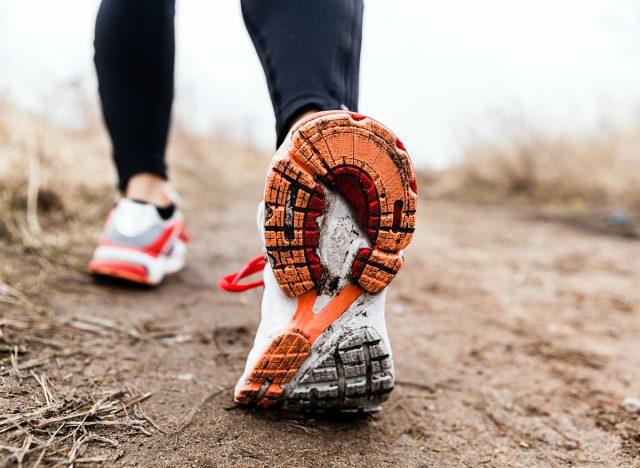
While there are lots of exercises that can help you lose weight fast, David Chesworth, ACSM-Certified Personal Trainer and Program Director at Hilton Head Health, points out that walking has an edge over them. "Those who incorporate physical activity during the weight loss phase are set up for great success once transitioning into the maintenance phase. And walking is one of the most realistic activities that most people can get started with," he says.
It Can Help Regulate Your Hormones After You Eat

Walking after you eat can also help you regulate hormones after a meal, says Chesworth. "A thermal walk is a leisurely walk within 10 to 20 minutes post meal," he explains. These types of walks reduce blood sugar after a meal, and "the higher your blood sugar, the more insulin the body tends to release," he says.
"Insulin is a hormone that tells your body to store blood sugar in the body. It is also an anabolic hormone, which means it directs the body to build up instead of break down. In healthy levels, this is a great thing as it keeps our blood sugar in check and prevents the body from losing weight to an unhealthy state. With unhealthy levels of increased insulin, the body can start to become insulin resistant, which means your body needs to release more insulin to get the same effect."
If you are trying to lose weight, releasing too much/too often of a hormone that tells the body to build up and gain weight would make that a tougher endeavor. "Thermal Walks are a great natural way to mitigate blood sugar and, therefore, insulin," he concludes.
It's a Great "Keystone Habit" to Adopt
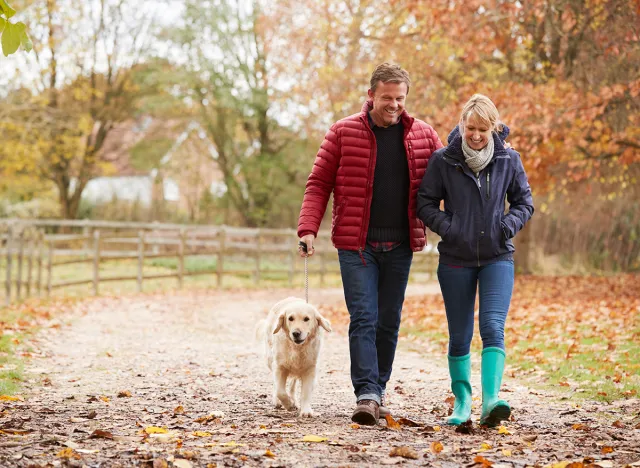
Walking is also a simple "keystone habit" to adopt, says Chesworth, citing the phrase coined by Charles Duhigg in his book, The Power of Habit. "A keystone habit is a behavior that influences other behaviors. Incorporating walking into your day is a great keystone habit that most people can realistically accomplish," he points out.
"In my 12 years working at Hilton Head Health, it has been very rare that I see someone feeling worse after a leisurely walk than they felt beforehand. On the contrary, typically, I see increased mood, energy, and motivation. Being energized, in a good mood, and feeling connected to your goals are all powerful ingredients that increase your chances of making more decisions that also align with your goals. When tackling something as potentially overwhelming as a weight loss goal, the more habits you collect that are simple and make you feel better, the more likely you are to stick with it for the long run."
RELATED: 15 Quick Ways to Lose Body Fat Percentage in a Week
It Burns Calories
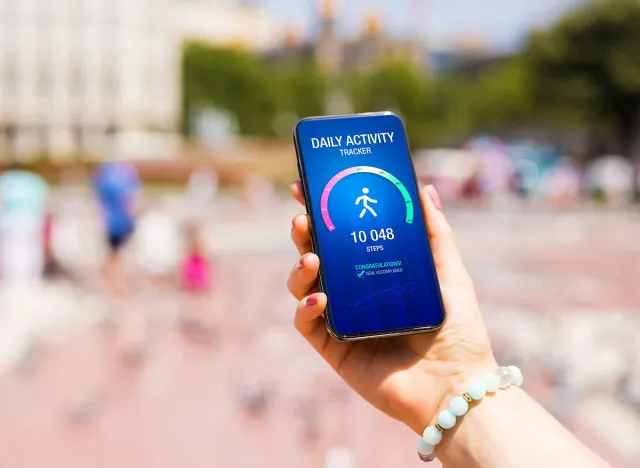
Quite simply, walking burns calories. "Most people view burning calories during activity as the most important factor for weight loss, but in reality, it is the least important – unless you make sure you are in a caloric deficit," Chesworth says.
"The calories saved from eating wiser far outweigh the calories burned from exercise. When it comes to burning calories, physical activity should be viewed as a supplement, not the main driver. So, in the context of walking, truly, the calories burned are only a bonus. It is the shiny wrapping paper that often distracts from the true gift that walking brings for weight loss. Additionally, when I share how many calories they burn from walking, I find most people are left feeling unimpressed, which is why I stress that the calories burned are only a bonus! Of course, the actual number varies from person to person, but on average, 1 mile of walking burns roughly 100 calories. And on average, 2,000 steps is roughly 1 mile, and on average, it takes 15 to 25 minutes to walk a mile," Chesworth adds.
It's Great for Heart Health
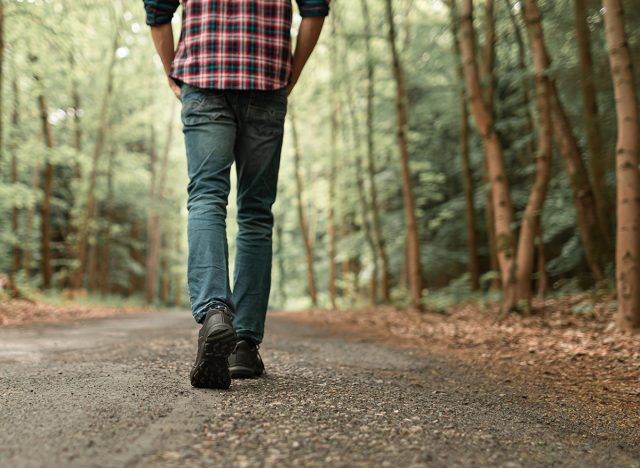
Erin Beck, NASM CPT and Director of Training and Experience at STRIDE Fitness adds that walking is great for heart health. "It aids in maintaining a healthy weight and enhances cardiovascular and pulmonary fitness, crucial for lowering the risk of serious health issues like heart disease, diabetes, and stroke," she says.
RELATED: 15 Things You Need to Stop Doing if You Want to Lose Belly Fat for Summer
It Helps Alleviate Stress

It is also a great stress buster. "Walking also serves as an effective method to alleviate stress and boost mood," she continues. And, the less stress you are experiencing, the more likely you are to eat healthy food, according to science.
It Keeps Your Body Limber for Other Workouts
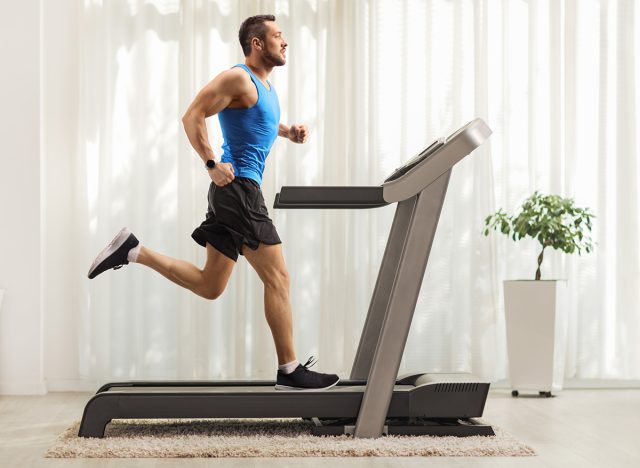
"Prolonged sitting can result in tight hip flexors, setting off a chain reaction of issues like low back pain and a less active lifestyle. This sedentary pattern affects both the body and takes a toll on mental health, increasing the likelihood of depression, stress, and anxiety. Regular walking helps keep hip flexors limber, reduces the risk of various health conditions, and uplifts mood," says Beck.
It Is a Social Workout
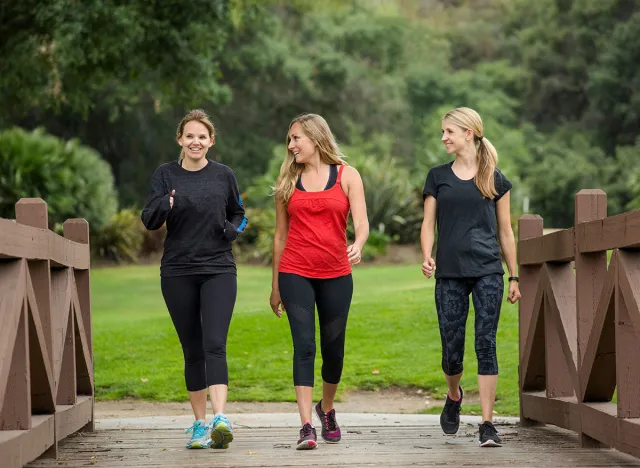
Walking also "fosters connections with friends who share the activity." And, if you have a workout buddy, it can be a great motivating incentive, making you more likely to actually do it on a regular basis.
You Can Burn More Calories by Upping Your Speed
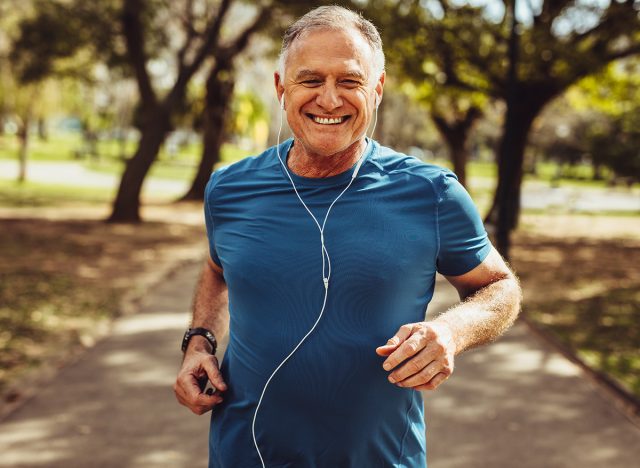
Walking can be adapted to your health goals. Want to burn more calories fast? "The speed of your walk is what will ultimately impact your cardiovascular health. Choosing your speed should align with your individual goals and comfort level," says Beck. Typically, a speed of 2 to 4 mph is regarded as a normal walking pace on a treadmill. If you want to crank up the intensity, you can burn more calories.
RELATED: 50 Habits That Can Put You at Risk of a Heart Attack
You Can Build Muscle by Adding Incline
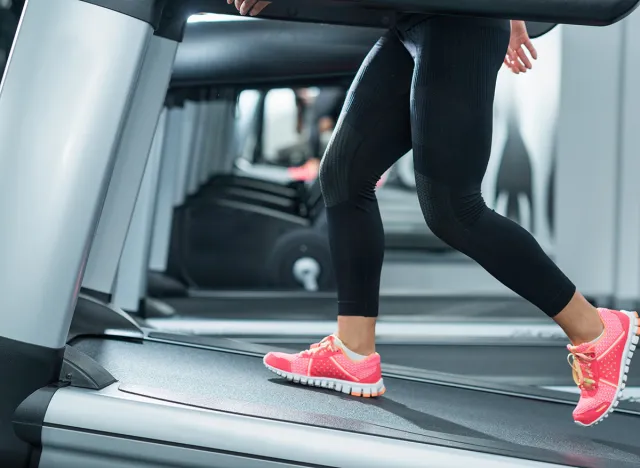
You can also burn more fat and build muscle by adding incline. Whether you opt to walk up a hill or up the incline on your treadmill, adding resistance will build muscle, which will help you burn more calories in the long-term due to thermic effect.




